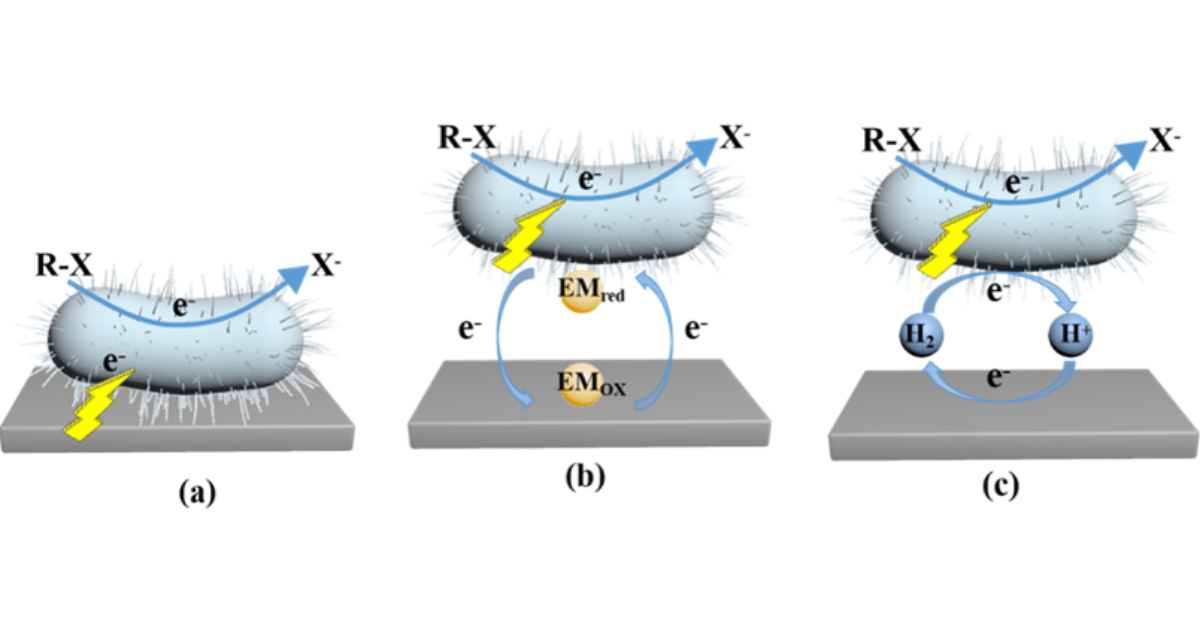- 3.0Impact Factor
- 6.0CiteScore
- 20 daysTime to First Decision
Removal of Emerging Contaminants in Water
This special issue belongs to the section “Water Quality and Contamination“.
Special Issue Information
Dear Colleagues,
In recent years, with the accelerated rate of industrialization, in particular the rapid development of heavy chemical industries, some emerging contaminants (ECs) such as endocrine disruptors (EDs), pharmaceuticals and personal care products (PPCPs), perfluorinated compounds (PFCs), brominated flame retardants (BFRs), and disinfection byproducts (DBPs) have been continuously detected in water. These are highly toxic and difficult to manage, with strong insidiousness, long persistence and levels of high hazard, contituting important threats to the safety of water quality. To ensure water quality, many countries and regions have implmented screened lists of critical control ECs to meet specific water quality requirements and to enhance the operability of water quality testing. Therefore, as water usage continues to increase and use continues to expand, there is an urgent need to develop targeted and realistic deep wastewater treatment technologies that target ECs removal. In particular, the development of new technologies for EC degradation with clear high risk not only has the potential to significantly improve the EC treatment efficiency, but also reduce the EC load in the receiving water body, avoiding secondary pollution and endangering ecological and environmental safety.
Therefore, we invite researchers in relevant areas to the results and contributions of your work on emerging pollutant removal to this Special Issue, helping to better ensure water safety. Potential contributions may include, but are not limited to:
- Processes for emerging pollutant removal
- Various technologies driving pollutant transfer and transformation
- Material and energy exchange during contaminant degradation
- Key factors and strategies for contaminant removal
- Technologies for material transformation and energy recovery of contaminants
Dr. Chengmei Liao
Guest Editor
Manuscript Submission Information
Manuscripts should be submitted online at www.mdpi.com by registering and logging in to this website. Once you are registered, click here to go to the submission form. Manuscripts can be submitted until the deadline. All submissions that pass pre-check are peer-reviewed. Accepted papers will be published continuously in the journal (as soon as accepted) and will be listed together on the special issue website. Research articles, review articles as well as short communications are invited. For planned papers, a title and short abstract (about 250 words) can be sent to the Editorial Office for assessment.
Submitted manuscripts should not have been published previously, nor be under consideration for publication elsewhere (except conference proceedings papers). All manuscripts are thoroughly refereed through a single-blind peer-review process. A guide for authors and other relevant information for submission of manuscripts is available on the Instructions for Authors page. Water is an international peer-reviewed open access semimonthly journal published by MDPI.
Please visit the Instructions for Authors page before submitting a manuscript. The Article Processing Charge (APC) for publication in this open access journal is 2600 CHF (Swiss Francs). Submitted papers should be well formatted and use good English. Authors may use MDPI's English editing service prior to publication or during author revisions.
Keywords
- emerging contaminants
- water safety
- removal technology
- pollutant degradation
- material transformation and energy recovery

Benefits of Publishing in a Special Issue
- Ease of navigation: Grouping papers by topic helps scholars navigate broad scope journals more efficiently.
- Greater discoverability: Special Issues support the reach and impact of scientific research. Articles in Special Issues are more discoverable and cited more frequently.
- Expansion of research network: Special Issues facilitate connections among authors, fostering scientific collaborations.
- External promotion: Articles in Special Issues are often promoted through the journal's social media, increasing their visibility.
- e-Book format: Special Issues with more than 10 articles can be published as dedicated e-books, ensuring wide and rapid dissemination.

